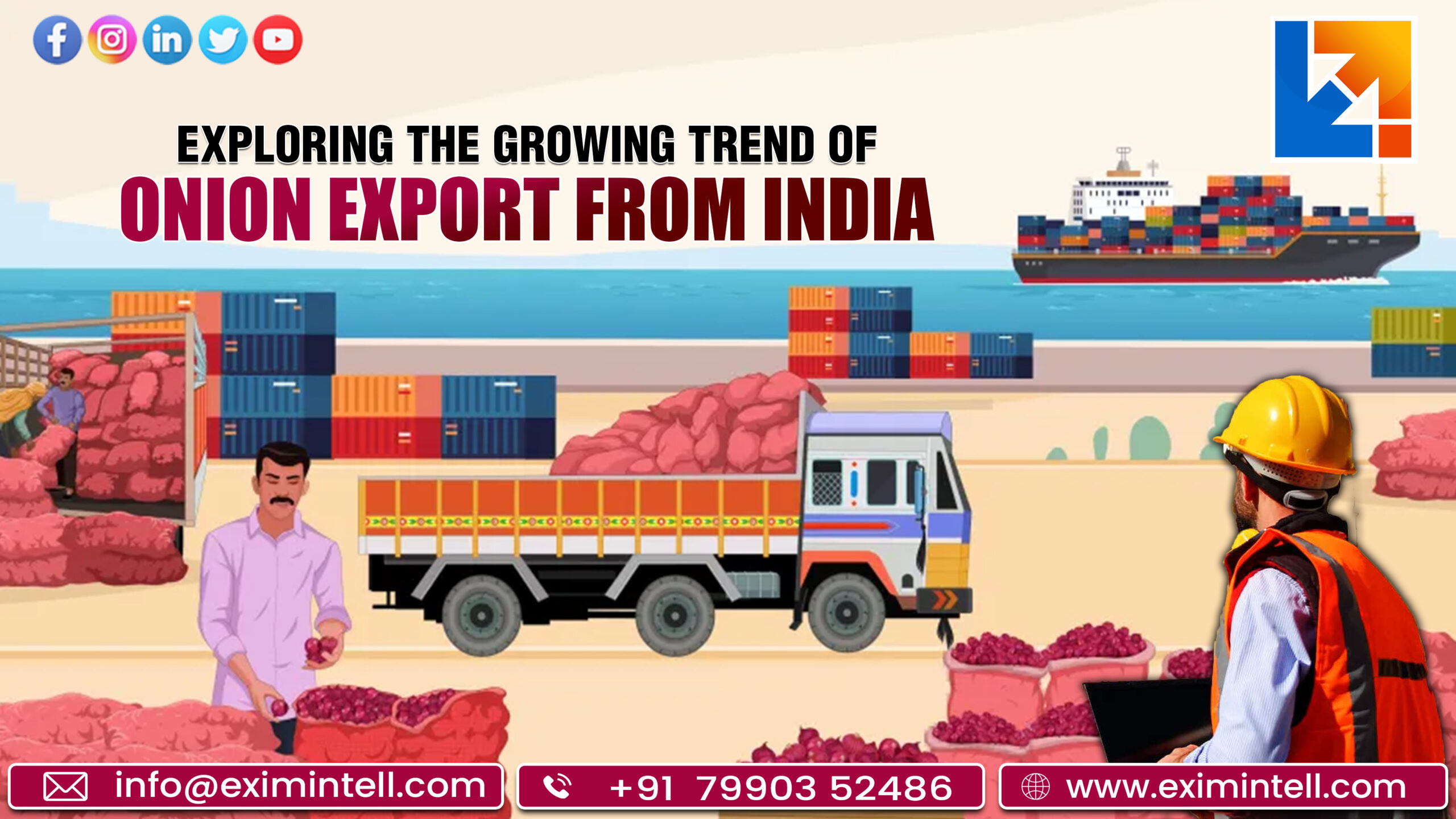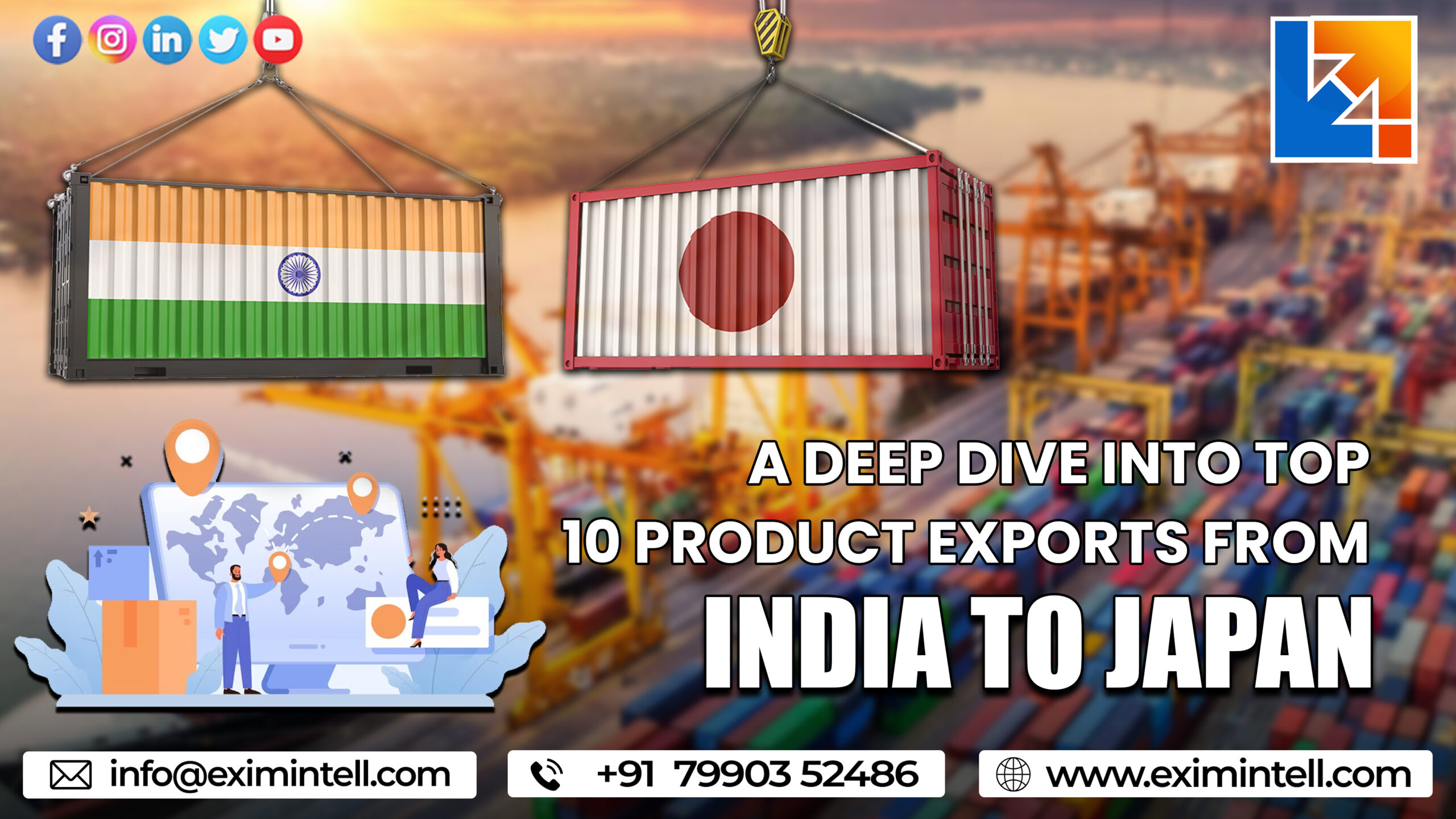Welcome to our blog, where we dive deep into the world of agriculture and uncover fascinating trends that shape global markets. Today, we embark on an exciting journey to unravel the remarkable rise of onion export from India. Over the past few years, this humble vegetable has captured international attention with its unique flavor profile and immense versatility in a plethora of cuisines worldwide.
Join us as we peel back the layers and explore how India’s onion export industry is sprouting vigorously, revolutionizing both local economies and dinner tables around the globe. Prepare yourself for a tantalizing exploration that will leave you craving more knowledge about this intriguing trend!
Introduction to Onion Export from India
India is the second-largest producer of onions in the world, with only China producing more. In recent years, there has been a growing trend of onion exports from India. This is due to several factors, including the increasing demand for Indian onions globally and the government’s policies encouraging onion exports.
Onions are an important part of Indian cuisine and are used in many dishes. They are also used as a traditional offering in religious ceremonies. The average Indian consumes around 15 kgs of onions per year. Onions are grown in almost all parts of India, with the major production states being Maharashtra, Karnataka, Andhra Pradesh, and Madhya Pradesh.
Indian onions are in high demand globally due to their superior quality. They are known for their pungent taste and strong aroma. Indian onions are available in a variety of sizes and colors, including white, red, and pink. The most common type of onion exported from India is the red onion.
The export of onions from India has been increasing steadily over the past few years. In the financial year 2018-19, the value of onion exports was Rs 4200 crores (US$610 million), an increase of 26% over the previous year. The top destination for Indian onion exports is Bangladesh, followed by UAE, Nepal, Malaysia, and Sri Lanka.
There are several reasons behind the growing trend of onion exports from India. One reason is the increasing demand for Indian onions globally. India has been able to capture the export market due to its superior quality onions, competitive prices, and excellent packaging. In addition, the government has also implemented various policies and initiatives to encourage onion exports. These include providing financial assistance to farmers for improving production and allowing duty-free import of agricultural products.
Onion exports from India are likely to continue growing in the coming years as global demand increases and the government continues to support farmers. This will ensure a steady supply of high-quality onions for both domestic consumption and export.
The Reasons for the Explosion of Onion Exports from India
The primary reason for the explosion of onion exports from India is the high demand for the commodity in the global market. India is one of the largest producers of onions in the world, and as such, can meet the high demand for onions in the international market. Additionally, Indian onions are typically lower in price than onions from other countries, making them an attractive option for buyers.
Another reason for the growth of onion exports from India is the implementation of effective farming and trading practices by Indian farmers and traders. In recent years, there has been a shift towards more efficient methods of cultivation and storage, which has helped to improve both yield and quality. This, in turn, has made Indian onions even more competitive in the global market.
The Indian government has taken steps to promote onion exports from the country. In particular, it has allotted financial assistance to farmers and traders engaged in onion cultivation and trade. These measures have gone a long way in boosting onion exports from India.
Benefits of Exporting Onions from India
The export of onions from India has been on the rise in recent years. This is due to the growing demand for Indian onions in international markets. The main benefits of exporting onions from India are as follows:

1. Onion exports provide a valuable source of foreign exchange for the country.
2. Export of onions helps in boosting the domestic onion industry by providing an additional outlet for their produce.
3. Onion exports also help in generating employment opportunities in the country.
4. Export of onions helps in spreading Indian culture and cuisine to other parts of the world.
5. Onion exports contribute to the overall economy of the country by generating revenue for the government.
The Mechanism of Producing, Process, and Export of Onions in India
India is the world’s second largest producer of onions with an annual production of around 20 million tonnes. The country exports around 1.5 million tonnes of onions every year and is the leading exporter of onions in the world.
Onions are grown in almost all the states of India but the major producing states are Maharashtra, Gujarat, Madhya Pradesh, Karnataka, Andhra Pradesh, and Rajasthan. These six states together account for more than 80% of the total onion production in the country.
The main markets for Indian onion are Bangladesh, UAE, Sri Lanka, Nepal, Malaysia, and Saudi Arabia. Onion export from India has been growing at a steady pace over the past few years and reached Rs 4500 crore in 2018-19. The government has also set a target to double onion exports to 3 million tonnes by 2021-22.
There are several reasons behind the growing trend of onion export from India. Firstly, Indian onions are cheaper as compared to onions produced in other countries due to the lower cost of production. Secondly, Indian onions have a longer shelf life which makes them ideal for export purposes.
Thirdly, India has a large customer base due to its geographical proximity to major onion-importing countries. Fourthly, the quality of Indian onions is very good which has helped build a strong reputation for Indian onions in international markets. Government support through various initiatives like providing subsidies on transportation and storage has also played a key role in promoting onion exports from India.
The process of producing onions in India usually follows a particular pattern. To start with, the farmers prepare their fields by plowing the soil and adding fertilizers. Then they sow the onion seeds into the prepared land either using broadcasting or line sowing according to the variety they are sowing.
The sprinkler irrigation method is preferred for onions as it allows for better extraction of nutrients from the soil. After a month or two, onion seedlings are ready for transplanting into the main field. The weeds are managed with pre-emergence herbicides to avoid their competition with onions for growth and nutrition. Then the onions are harvested manually when they reach full maturity and then separated according to different grades.
After harvesting, onion bulbs need to be cured to improve shelf life and reduce moisture content before packing for export purposes. For curing, onions are spread on mesh cloths in open air allowing sunlight exposure which helps in removing excess water from them through evaporation. Onions are kept spread out on the mesh for a few days until their desired humidity level is achieved before packing them into jute bags. These jute bags filled with cured onions are then loaded onto trucks and shipped to ports for export.
At the ports, onions are unloaded and put through a series of laboratory tests to check for harmful or foreign matter. After necessary tests, the onions are packed into shipping containers along with other necessary paperwork for export purposes before being shipped to their destination countries. Thus, the journey of Indian onions starts from the farmers’ field and ends at the buyer’s store in some distant land.
Challenges Faced by Indian Farmers in the Export of Onions
India is the second-largest producer of onions in the world, accounting for about 15% of global production. However, the country’s share in the international onion trade is very low, at around 2%. This is due to various challenges faced by Indian farmers in exporting onions.
One of the major challenges is the lack of storage facilities for onions. Most Indian farmers do not have access to proper storage facilities, which results in onions getting spoiled quickly. This not only leads to the loss of crops for farmers but also reduces the shelf life of onions, making them unsuitable for export.
Another challenge facing Indian onion farmers is the high cost of transportation. Due to the lack of good infrastructure, transport costs are very high, which makes exporting onions unviable for many farmers.
Indian onion farmers have to contend with volatile prices. Prices of onions can fluctuate wildly due to factors such as weather conditions and crop yields. This makes it very difficult for farmers to plan their production and exports and often leads to them incurring losses.
Key Strategies Adopted by Indian Farmers and Industry Players for Onion Export
There has been a growing trend of onion export from India in recent years. This is due to the increasing demand for onions in the international market, as well as the fact that India is one of the largest producers of onions in the world. To take advantage of this trend, farmers and industry players have adopted various key strategies.
One of the main strategies adopted by farmers has been to increase onion production. This has been done by using high-yielding varieties of onions, as well as adopting better irrigation and fertilization practices. Additionally, farmers have also started storing onions for longer periods, which has helped them meet the rising demand during peak export season.
Industry players have also taken steps to facilitate onion export from India. They have set up packaging facilities that meet international standards, and established relationships with overseas buyers. Additionally, they have also provided financial assistance to farmers to help them expand their onion cultivation activities.
Alternatives to the Onion Export in India
India is the second largest producer of onions in the world, behind only China. Onion export from India has been growing rapidly in recent years, as the country looks to take advantage of its production capabilities. However, not all onions grown in India are suitable for export. Alternatives to the onion export include:
1) Selling onions to domestic markets: This is the most common alternative to exporting onions. Indian farmers typically sell their onions to local wholesalers or retailers, who then sell them to consumers. This is the most profitable option for small-scale farmers, as they do not have to incur the costs associated with exporting their onions (e.g., transportation, packaging, etc.).
2) Selling onions to processing companies: Another alternative to exporting onions is selling them to companies that process them into other products (e.g., powder, flakes, etc.). This option is more viable for large-scale onion growers, as they can negotiate better prices with processing companies.
3) Donating onions to charities: Some farmers donate their excess onion crops to charities that distribute food to needy people. This option helps reduce onion wastage and also provides a social benefit.
Conclusion
In this journey of exploring and understanding the onion export phenomenon, the role of export-import business consultants becomes paramount. Among these, Exim Intell stands out as a trusted partner and expert guide for businesses venturing into the international trade arena. With their extensive industry knowledge, personalized solutions, and commitment to facilitating seamless cross-border transactions, Exim Intell proves to be an invaluable asset to exporters and importers alike.




















